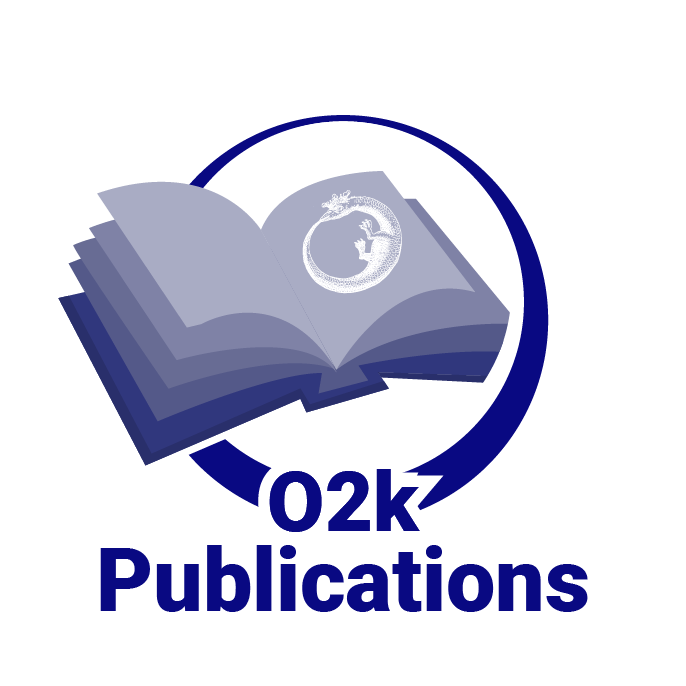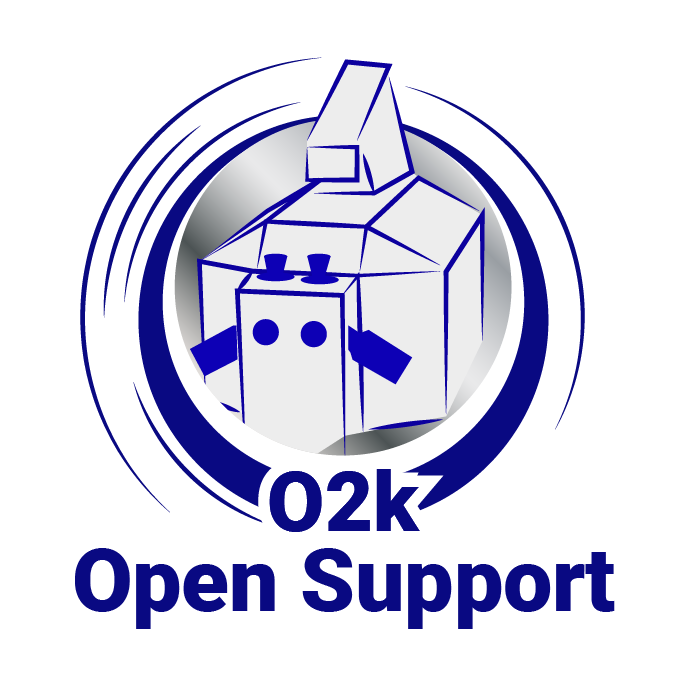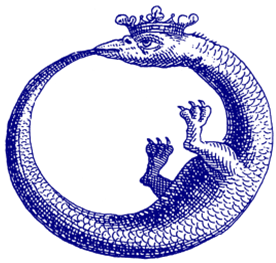Oroboros logo
The original "Ouroboros" is from:
Abraham Eleazar (1760) Uraltes chymisches Werk. 2nd ed, Leipzig.
The dragon forming a cycle, feeding on its own tail: In mitochondrial physiology this is autophagy. In alchemy, the Oroboros is an emblem of the eternal, cyclic nature of the universe, combining idea and action, efficiency and power. The Oroboros is grasping the whole by the conception of the opposite, the divine process of creation and the evil backlash of destruction. In thermodynamics, the alchemist's search for the eternal Unity has been continued in the many efforts to construct a machine operating at 100% efficiency, the Perpetuum Mobile. 100% efficiency is the prerequisite for a truly cyclic nature of energy flux through the biosphere. The notion of the arrow of time, introduced by the Second Law of thermodynamics, replaces the quest for 100% efficiency by the pursuit of a balanced management of the resources of energy and time. Such optimization of efficient material recycling and balanced resource utilization is a vital responsibility of modern society for the protection of local and global ecological systems.
The Oroboros is one of the rare universal examples where feeding on external negative entropy, deS/dt, is not true, as shown by the feedback loop and the system boundaries. In terms of ergodynamics, at any rate, Oroboros is the fine state of non-thermodynamic equilibrium.
Reference:
- Gnaiger E, Gellerich FN, Wyss M, eds. (1994) What is Controlling Life? 50 Years after Erwin Schrödinger's What is Life? Modern Trends in BioThermoKinetics 3. Innsbruck Univ. Press, Innsbruck: 336 pp. ISBN 3-901249-17-6
See also:





